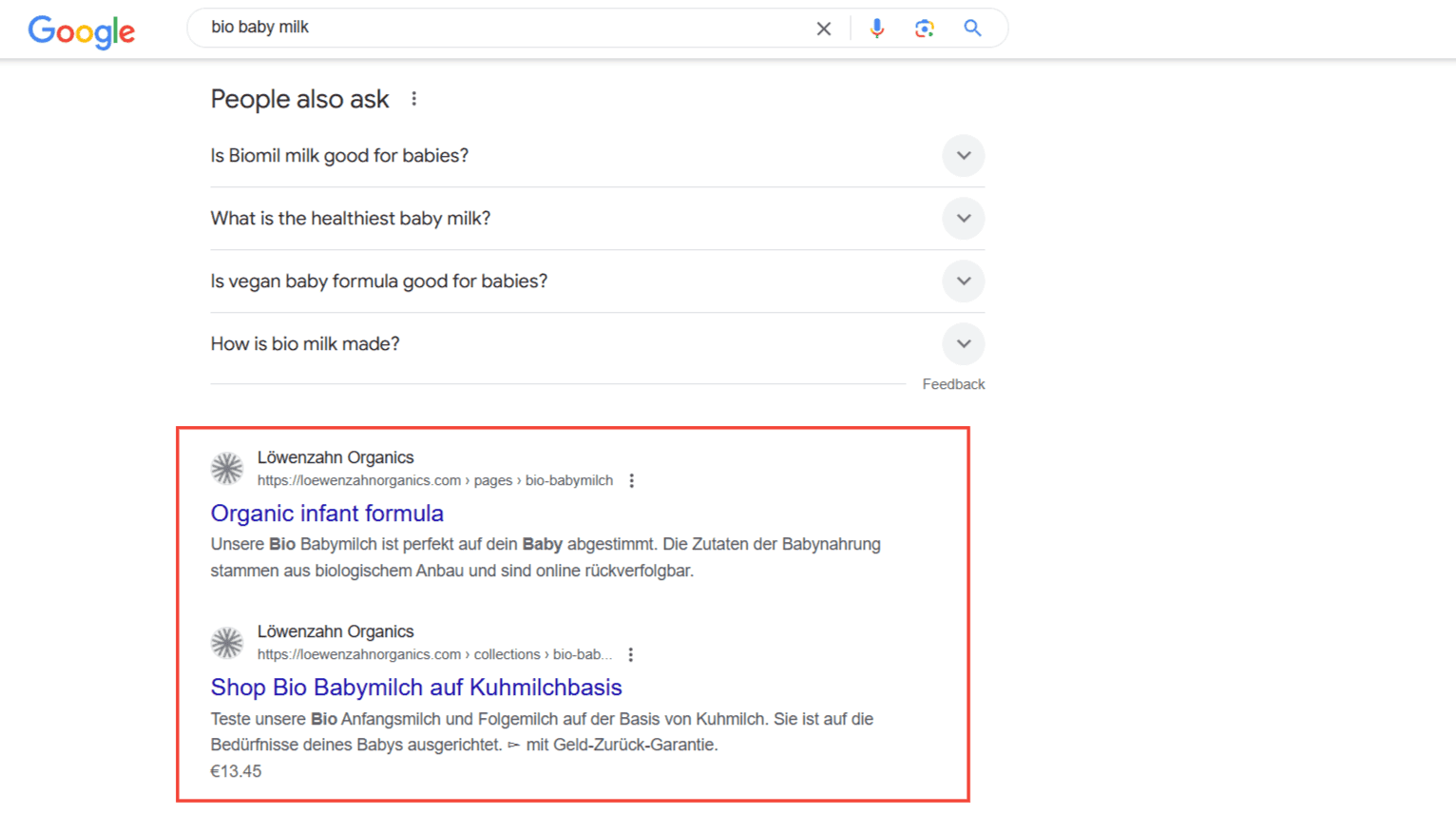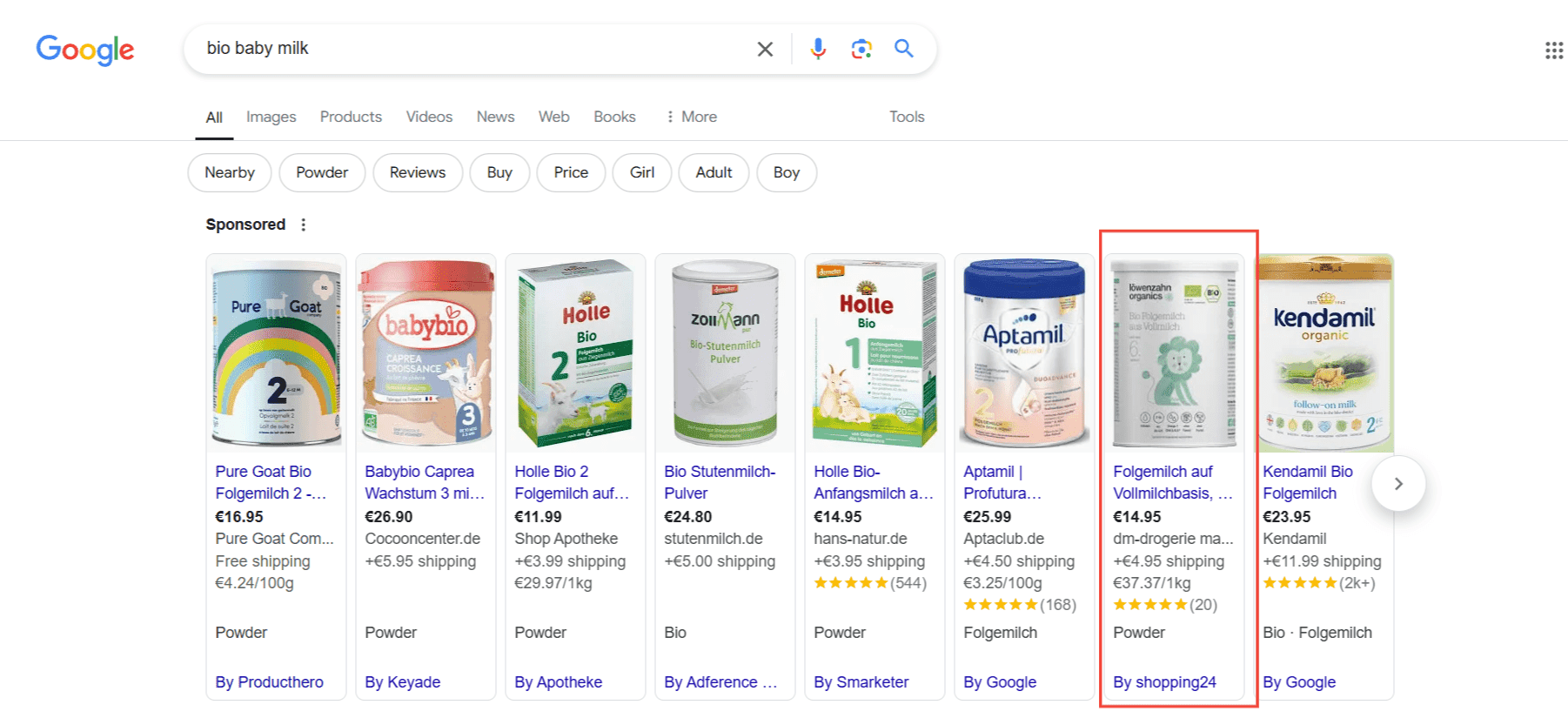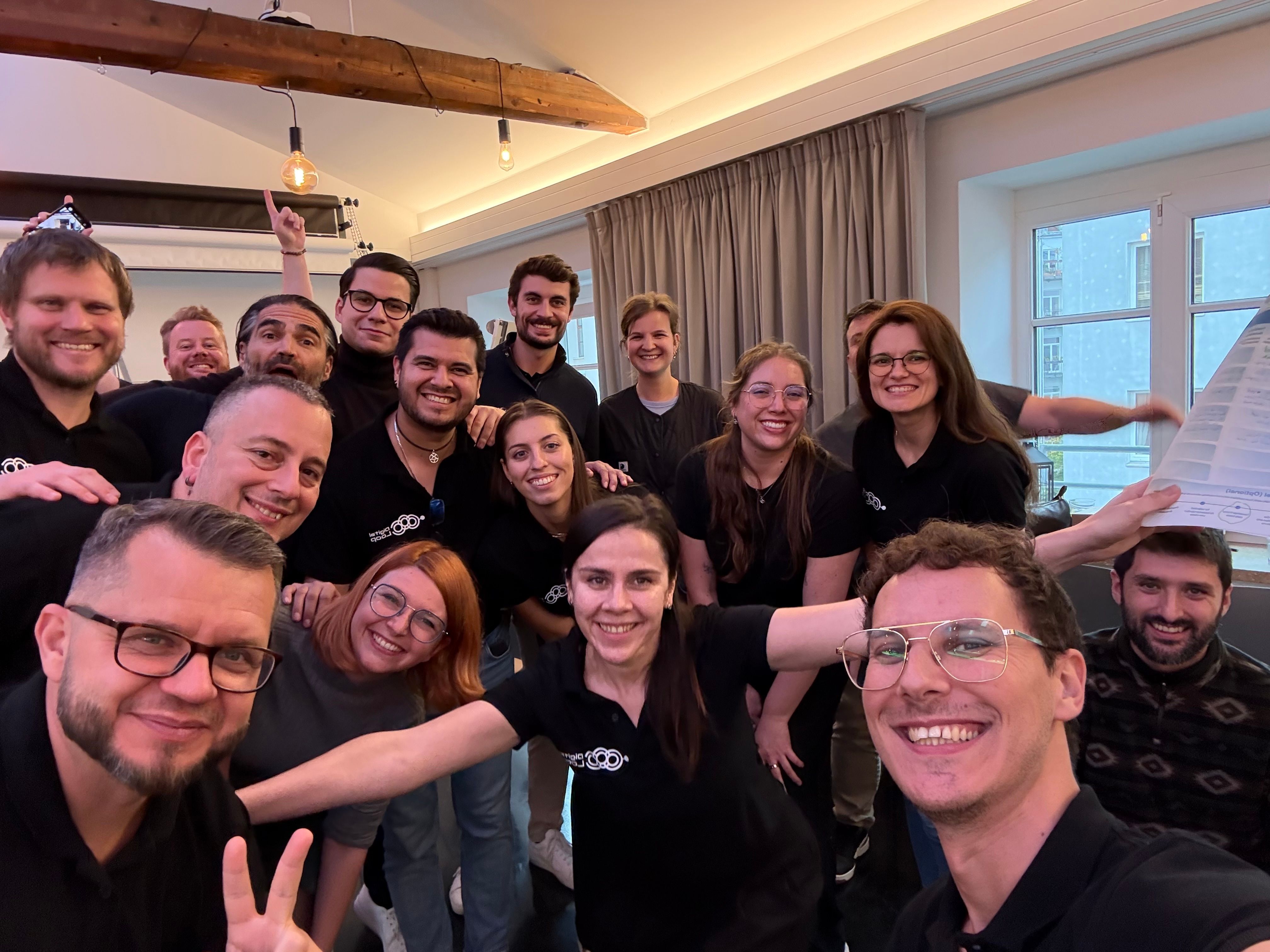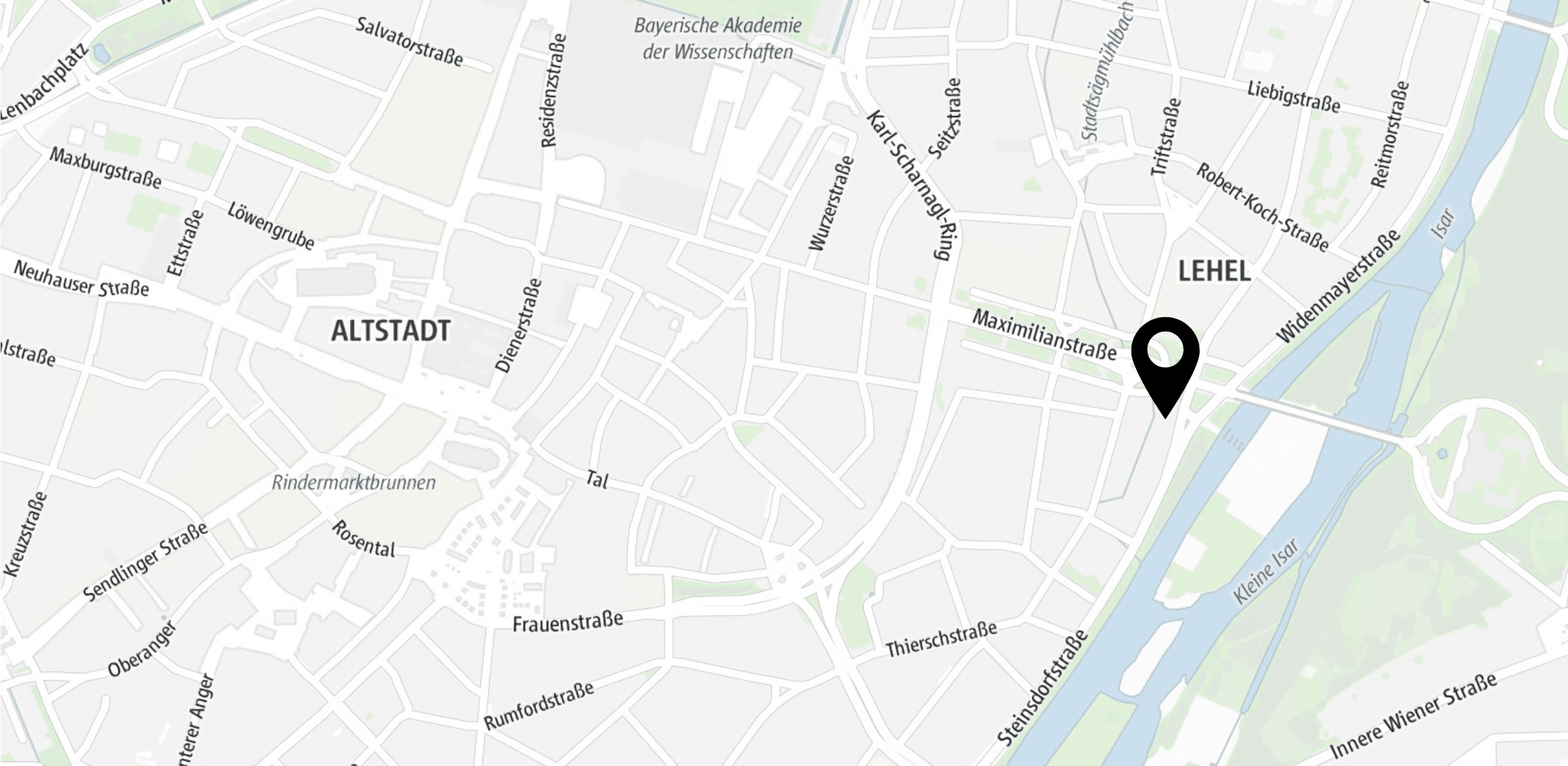The digital marketing world offers a variety of ways to increase visibility and arouse the interest of the target group. The most prominent strategies include SEO (search engine optimization) and SEA (search engine advertising). Both strategies aim to increase awareness of a brand or company - but in different ways. However, the true strength is revealed when SEO and SEA are combined, as together they represent a clear competitive advantage.
What are SEO and SEA?
SEO is the art of designing and optimizing websites so that they appear organically - i.e. without paid advertising - at the top of the search engine results pages. In addition to relevant content, technical optimization and targeted link-building strategies, usability also plays a central role. A positive user experience - for example through fast loading times, intuitive navigation and mobile optimization - not only ensures better rankings, but also supports a smooth customer journey. The advantage: organic placements are designed for the long term and offer sustainable traffic if implemented correctly.
SEA, on the other hand, stands for paid ads that are placed by bidding on specific search terms (keywords) via platforms such as Google Ads. SEA ensures quick visibility and is an excellent choice for short-term campaigns and promotions. However, here you pay for every click and the traffic dries up as soon as the advertising budget is exhausted.


The synergy of SEO and SEA
SEO and SEA are often viewed in isolation - but they reinforce each other on several levels.
Here are some of the synergy effects that result from the simultaneous use of both channels:
1. Increased visibility in search results
The combination of SEO and SEA significantly increases visibility, as ads and organic listings can usually occupy two places on the results page. This dual presence strengthens brand awareness and ensures that your own presence stands out in comparison to the competition. Users often associate companies that are prominently represented with greater relevance and trust.
2. Valuable data for SEO through SEA
SEA ads can be used to gain insights into keywords and search queries that can be used for SEO. Data on search volumes, click-through rates and conversions can be obtained quickly, making it easier to decide which keywords should be prioritized in the SEO program in the long term. Therefore, SEA insights can directly help shape a better decision-making process when creating an SEO strategy plan.
3. targeting at all stages of the customer journey
While SEA often aims to drive users to conversion in the later stages of the customer journey, SEO primarily supports discoverability and organic growth. However, depending on the strategy, SEO can also make a targeted contribution to conversion. As both channels play different but complementary roles, it is crucial to integrate them into a holistic strategy. Coordinated use of SEO and SEA - taking into account their respective strengths and the different keyword data pools - allows business potential to be optimally exploited.
SEA as a minimum measure for branding: the importance of your own brand
A crucial aspect of why companies should definitely use SEA is to secure brand placement. Brand ads are a strategic measure to ensure that your own brand is represented in the search results and is not displaced by competitors. It is not common for brand names to be actively bid on in every industry, as brand rights usually belong to one company. However, in highly competitive markets - such as food delivery services or e-commerce - competitors deliberately place ads on third-party brand names in order to lure away potential customers.
This is particularly important when:
- The competition bids aggressively on your brand: In highly competitive niches, competitors may bid on the brand name to gain visibility and win over customers. One example of this is the competition between Wolt and UberEats, in which both providers bid on the brand terms of the other in order to secure market share. However, this approach is more common in price-sensitive and highly competitive industries, whereas in other sectors, bidding tends to be on generic, product-related keywords (e.g. “organic baby milk” rather than a specific brand).
- Brand awareness and trust should be strengthened: By having its own ads in brand searches, the company retains control over the first impression in search results and prevents potential customers from being distracted by extraneous content. Customers expect the brand to be present, and this visibility creates trust.
Conclusion: SEO and SEA as a successful duo
SEO and SEA are not opponents, but rather complementary channels that complement each other perfectly. While SEO forms a solid basis for sustainable and free traffic, SEA enables rapid visibility and supports brand and offer protection. Companies that use both channels skillfully can expect increased visibility, continuous traffic and a strengthened brand image.
In today's competitive landscape, it is crucial not only to conquer organic rankings, but also to strategically utilize paid placements - thus leveraging the full potential of digital presence.









